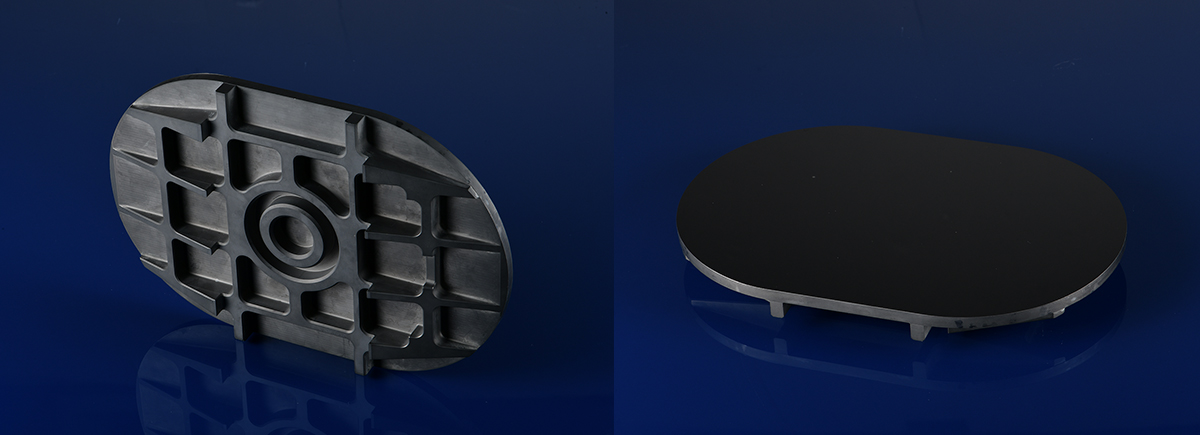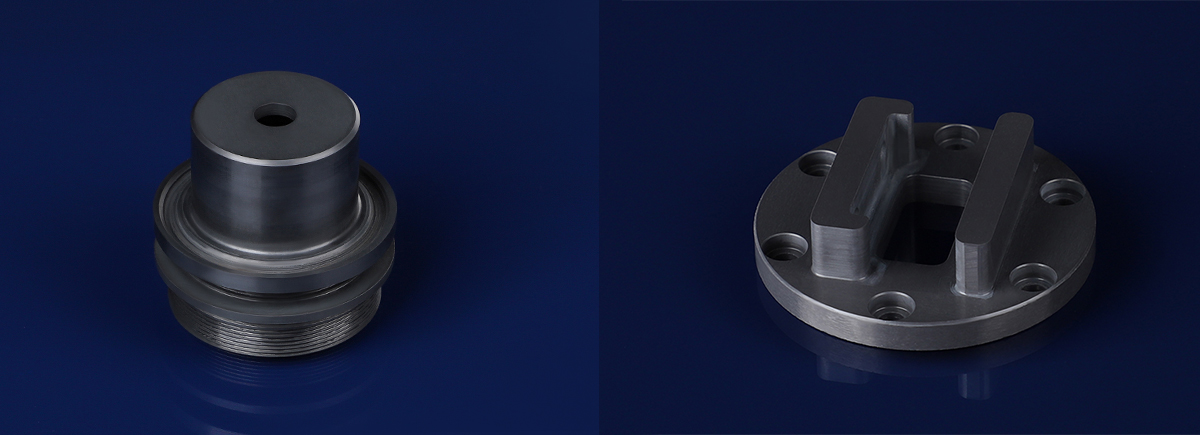Silicon Carbide Ceramic Machining: A Comprehensive Guide
Silicon Carbide (SiC) ceramics are widely recognized for their superior hardness, thermal conductivity and wear resistance - qualities that make them desirable across a number of industrial applications. Unfortunately, however, these same characteristics make machining them an extremely complex process - this article explores silicon carbide ceramics machining methods, challenges and key applications across aerospace, automotive and semiconductor industries alike - for ultimate precision and optimal performance.

Properties of Silicon Carbide Ceramics Before diving into machining operations with silicon carbide ceramics, it is crucial to gain an understanding of why they can be so difficult to work with:
Extreme Hardness: SiC is second only to diamond in terms of Mohs hardness scale hardness, making it resistant to conventional machining techniques.
High Thermal Conductivity: SiC dissipates heat efficiently during machining to avoid overheating issues and overheating issues during production processes.
Corrosion and Wear Resistance: SiC is resistant to corrosion in harsh environments, making it ideal for high-performance applications.
Lightweight: Although SiC is relatively hard, its lightweight nature makes it advantageous in applications where weight reduction is essential. Challenges Associated with Silicon Carbide Machining
Due to its extreme hardness, SiC ceramic machining requires special expertise and techniques. Challenges associated with SiC ceramic include:
Tool Wear: Conventional cutting tools quickly wear down when working with SiC due to its hardness; therefore machining SiC requires tools made of diamond or cubic boron nitride (CBN).
Heat Generation: Although SiC is designed to dissipate heat effectively during machining operations, improper procedures may lead to localized heating that causes tool wear and surface damage resulting from localized heating, leading to localized tool wear or surface damage.
Chipping and Cracking: Machining SiC ceramics at improper feed rates may result in material chipping, cracking or complete part failure.
Complex Shapes: Producing intricate shapes with tight tolerances requires meticulous control over machining parameters for successful execution. Machining Methods for Silicon Carbide Ceramics

1. Diamond Grinding
Diamond grinding is the go-to choice for machining SiC ceramics. As diamond is harder than SiC, it is capable of cutting through it without significant wear to tools - providing for an efficient grinding process which usually includes:
Low feed rates to reduce thermal damage and surface chipping. High-speed grinding to ensure smooth and precise surfaces. Coolant application to manage heat generation and extend tool life. 2. Ultrasonic Machining
Ultrasonic machining (USM) is another approach used for processing hard materials like SiC ceramics. The process typically includes:
USM uses a vibrating tool with ultrasonic frequencies to produce precise machining with minimum tool wear, making it an excellent solution for intricate designs or complex geometries.
3. Electrical Discharge Machining (EDM)
EDM is often utilized in the field of electroplating to shape electrically conductive materials; however, its adaption for SiC machining allows highly precise cuts to be accomplished using electrical discharges as the method to cut material away. EDM allows users to craft intricate details more effectively than using traditional methods alone.
4. Laser Machining
Laser machining is a non-contact process that utilizes high energy laser beams to remove material. Advantages of using this approach with SiC include:
Minimal Tool Wear: As there's no physical contact between tools and materials, they won't wear out over time. Precision: Laser machining can achieve excellent precision for micro-machining applications.
Versatility: Lasers can also be used for drilling, cutting and engraving operations - ideal for use on silicon carbide ceramics applications....
Machinable SiC ceramics play an integral role in many industries, such as:
Semiconductors: SiC substrates are widely utilized for manufacturing high-performance semiconductor devices that demand superior thermal management and durability, such as those required by semiconductor manufacturing. Aerospace: SiC components have found use in applications like turbine blades where wear resistance and lightweight properties are essential.
Automotive: Silicon carbide is widely used for high performance brake discs and seals due to its wear resistance and heat management properties, while SiC ceramics can be found in mirrors and lenses for high precision optics, where their heat resistance and dimensional stability is essential. Here are Some Best Practices for Machining SiC Ceramics
For optimal results when milling SiC ceramics, follow these best practices:
Utilize diamond tools: Diamond-coated tools are essential for cutting SiC without experiencing excessive tool wear, while proper control over feed rates and speeds is necessary to minimize surface damage while increasing tool life.
Apply Coolants: Coolants can help manage heat and extend tool life when engaging in high-speed grinding or laser machining processes, particularly at higher speeds. Regular Tool Maintenance: Given SiC's hardness, frequent inspection and replacement of tools is necessary in maintaining precision.
Silicon carbide ceramic machining can be a complex and time-consuming process that requires special tools, techniques, and expertise to navigate successfully. By taking the appropriate approach to SiC ceramic machining, however, precision parts that excel in demanding environments can be created - whether for semiconductor components, aerospace parts or automotive devices production. Mastery of SiC ceramic machining opens new opportunities for innovation and performance enhancement.
Businesses can overcome the challenges posed by SiC ceramics by adopting cutting-edge machining technologies and following best practices to utilize all their unique properties in cutting-edge applications.
Dongguan Jundro ceramics Technology Co.,Ltd
E-mail:info@jundro.com
Tel:+86-769-82913501
Fax:+86-769-82913801
Add: Room 306, Gate B, Unit 1, Block 2 South, No. 1 Yile Road, Songshan Lake, Dongguan City, Guangdong Province, China(523808)
© August Dongguan Jundro ceramics Technology Co.,Ltd- 2023